Guided Reading Week 4
Here are the target pages for this week’s guided reading. These need to be read by Friday 22nd March:
Divine Freaks: up to chapter 17/page 162.
Street Child: end of book.
How To Train Your Dragon: end of book.
The Considine Curse: up to chapter 19/page 167.
Extra Time: up to chapter 34/page 159.
The London Mystery Eye: up to chapter 34/page 259.
Science and computing: the circulatory system
In today’s science lesson, we created stop motion animations to illustrate how oxygenated and deoxygenated blood travels around our body.
We learnt that deoxygenated blood travels through the veins to the heart. It then gets pumped to the lungs where it picks up oxygen. The blood is now oxygenated and travels through arteries back to the heart where it is pumped around the body. This process repeats infinitely.
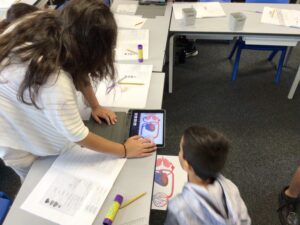
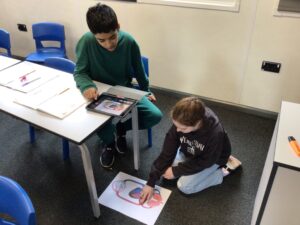
What makes a good promotion?
Over the next two weeks, we’ll be writing a promotion about our Scratch games that we’ve been making in computing.
Here’s an example of the code for a program we made which is similar to Times Tables Rockstars.
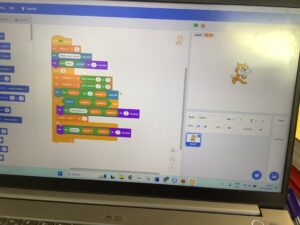
In writing, we’ve analysed what makes a good promotion including the features that it should have.
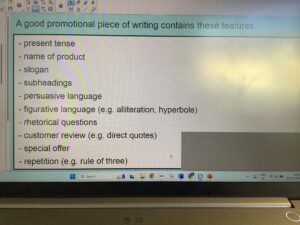
Help at home by writing some persuasive sentences when practising your spellings. Could you incorporate any of this half term’s words into this piece of writing?
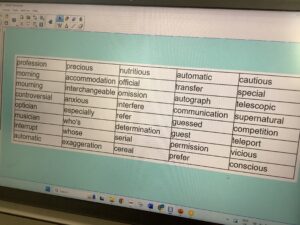
Living and Learning – I know friends and family are important.
During our Living and Learning lesson, Year 3 talked about friends and family and how they are important. Friends and family support us and care for us throughout our lives and we discussed how we can also show our love and support back!
Being kind to people that we meet and spend time with, is important even if it’s people that we see all the time.
For example: if you have a sibling, sometimes you might argue or have a problem with them because you spend so much time together. We reassured each other that this is normal! As long as you come back together and are kind to each other afterwards.
How can we show our love and appreciation to family and friends?
- Hug them!
- Give them a compliment when they do something well.
- Apologise if we’ve done something wrong.
- Help them!
- Spend time with them.
Help at home by encouraging your child to do one kind thing for a family member or friend each day. Can you tidy a room in the house? Can you give your sibling a compliment about a talent they have?
World Book Day
Year 4 love reading and we enjoyed being able to share this love of reading with the Year 2’s on World Book Day!
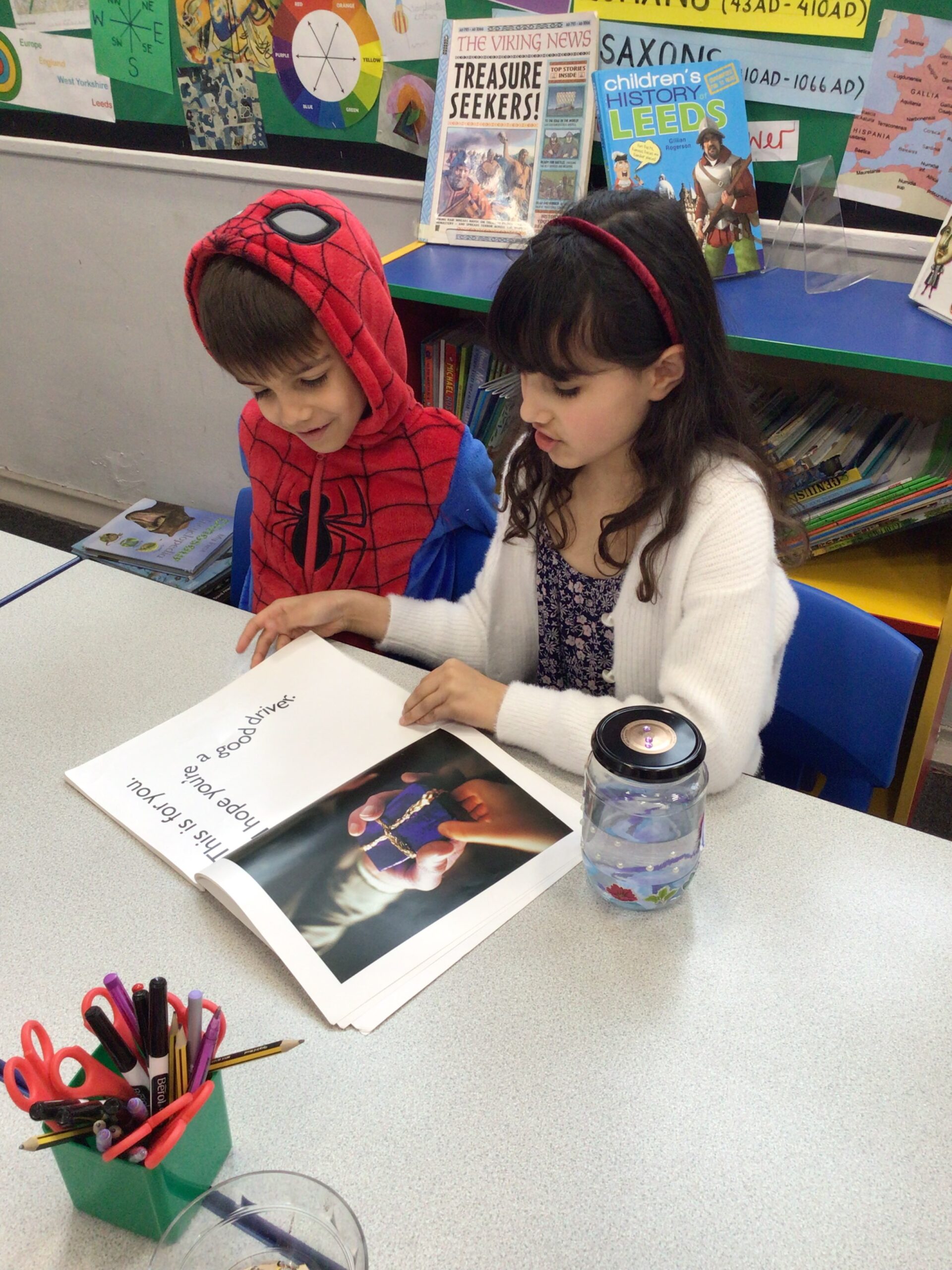
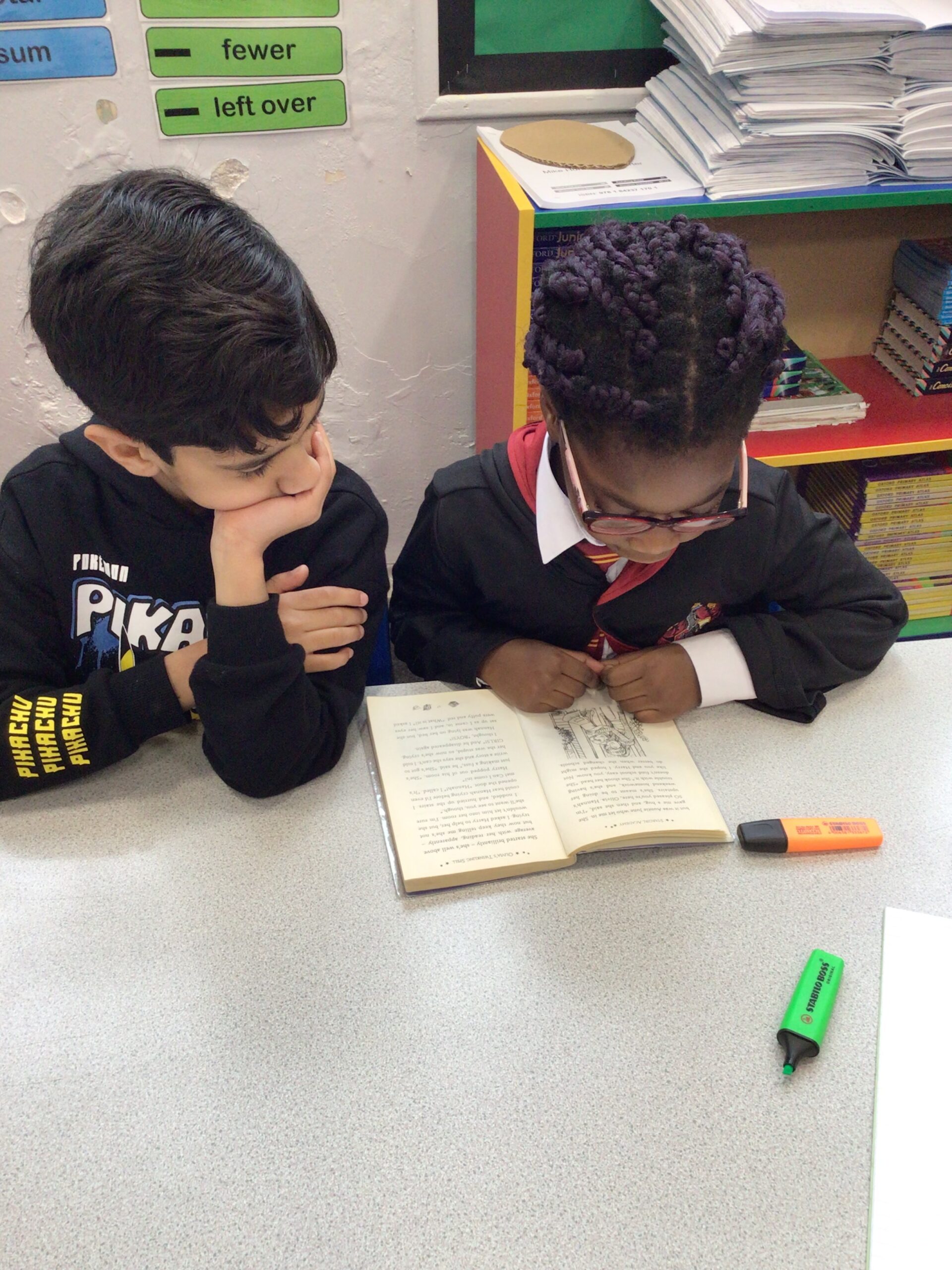
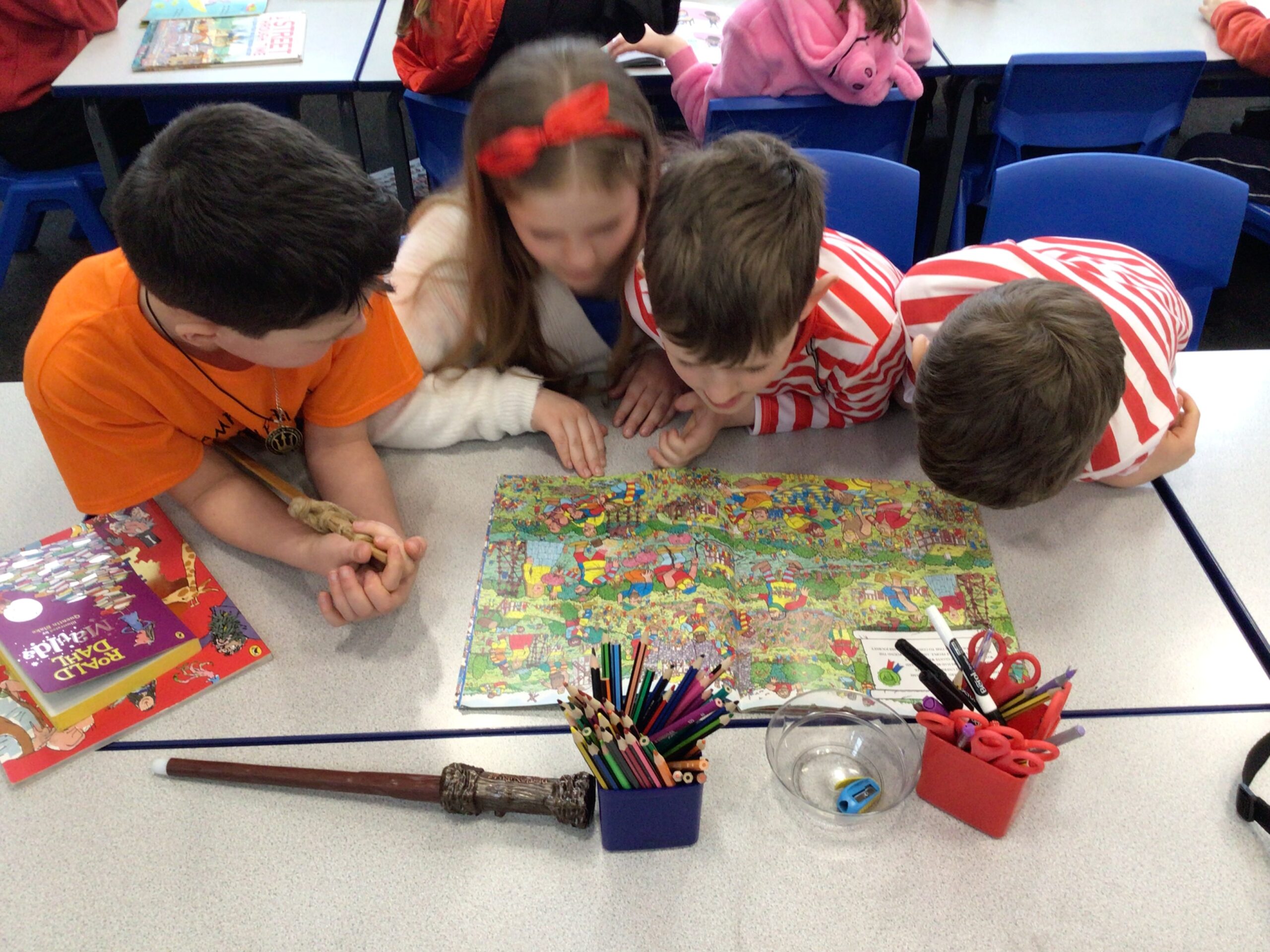
Help at home and tell your child about your favourite book. When did you first read it? Why is it your favourite?
DT food technology – fruit salad
Yesterday, we had our spring term DT food technology session. We made a fruit salad and we had a brilliant time. We had to use lots of different skills including, measuring, claw grip, bridge hold, mixing and peeling. The children listened really carefully and made sure they kept safe during the cooking.
We washed our hands to make sure we didn’t spread germs.
We used the claw grip when we were cutting.
We made sure the knife was pointing away from us.
We listened to the adults carefully and followed their instructions.
We used lots and lots of different types of fruit and there was even some we haven’t tried before! When it came to eating, everybody (well most!) loved it and there was lots of clean bowls!
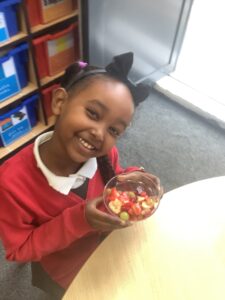
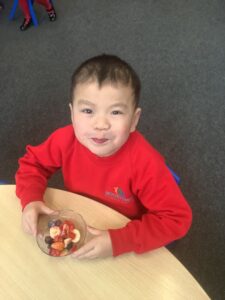
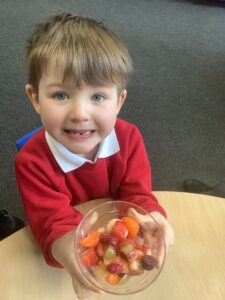
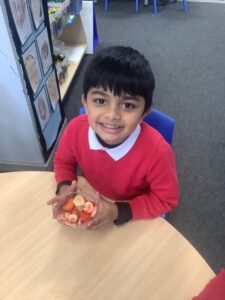
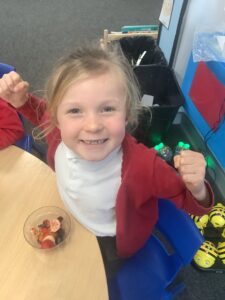
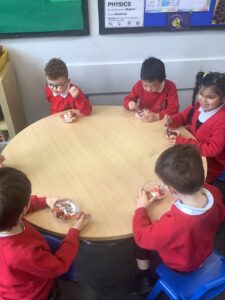

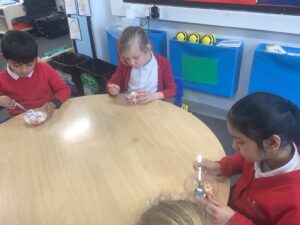
Help at home by talking about healthy eating as well as trying out the fruit salad recipe that was sent home.
PE: dance
This week, we moved onto a new unit of learning in PE: dance!
After the successes of gymnastics and yoga this year, we were excited to get underway.
We focused on pathways and suiting our movements to the style of music. We’ve listened to two contrasting pieces: Le Freak by Chic and Storm Interlude from “Peter Grimes” by Benjamin Britten.

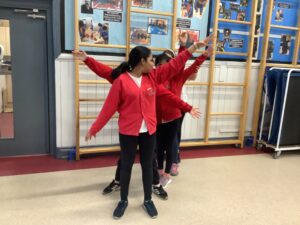
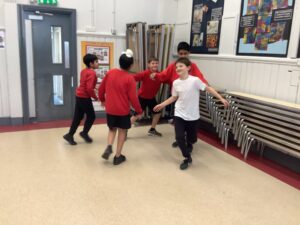
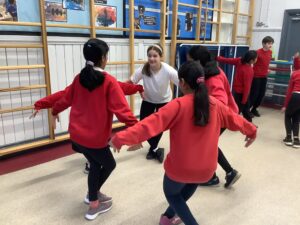
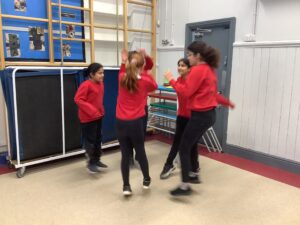
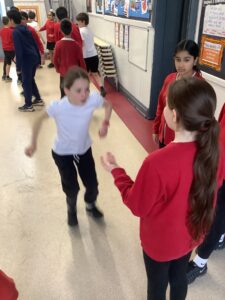
We enjoyed our warm up called Dancing Whispers. The idea is to get the same dance move to travel from the back of the line to the front by passing it from person to person – but you can only watch it once! It was very funny.
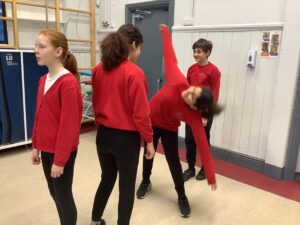
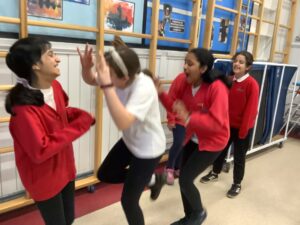
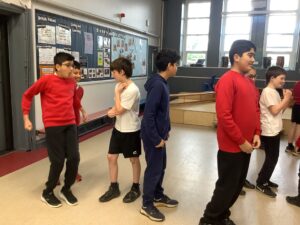
Help at home by discussing how the skills of dance transfer to other sports.

Leeds Rhinos ticket offer
As part of our partnership, and as a thank you for all the great work that the children have been doing this year, Leeds Rhinos would like to offer children and their families an amazing opportunity to attend a match at AMT Headingley Stadium at a special discounted schools rate.
Date – Friday 5th April 2024
Kick off – 8pm
Opposition – Warrington Wolves
Venue – Headingley Stadium (LS6 3BR)
Tickets can be booked now through the school via School Gateway. Please note that tickets will go off sale at 10am on Monday 25th March 2024.
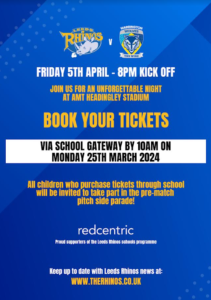
We look forward to welcoming Leeds Rhinos for an assembly next week too.
Design and Technology: food
This week, Year 2 have been using their food preparation skills to create their latest product, fruit salad.
This forms part of our Design and Technology food learning which involves following a recipe to create a product each term.
First, we got ready to cook.
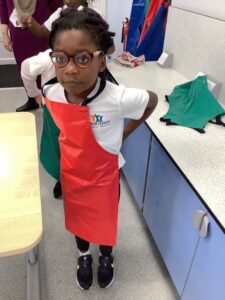
Here are some of the skills we used.
Draining
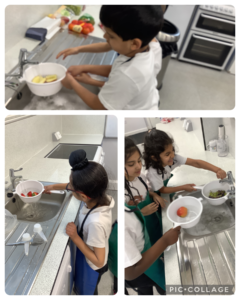
Peeling and segmenting
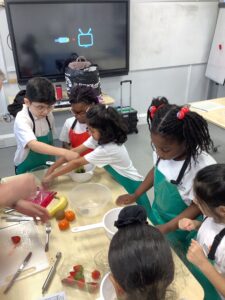
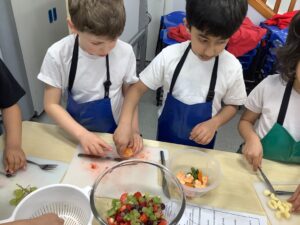
Bridge hold (for chopping)
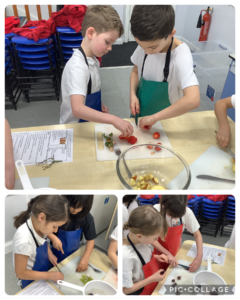
Claw grip (for chopping)

Measuring
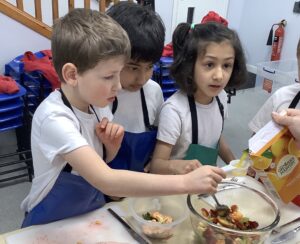
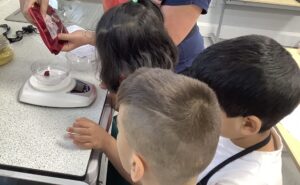
Mixing
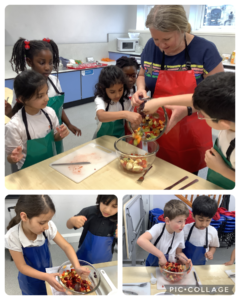
Finally, the children got to enjoy their fruit salad.
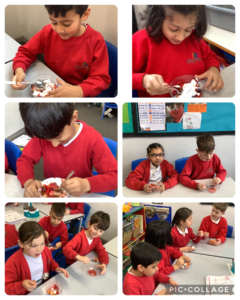
I LOVED my fruit salad because it had lots of different fruits in it and it is so healthy.
I especially liked the strawberries and I would add more next time.
Next time, I will add different types of fruit like pineapple or melon.
Next time, I would add more orange juice.
I’ve never had kiwi fruit before but I really liked it.
I will try frozen raspberries again. They are really juicy.
We always evaluated our product afterwards to see how it could be changed it next time.
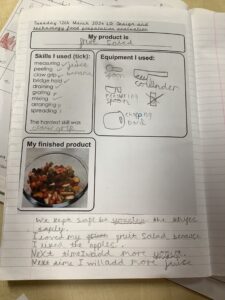
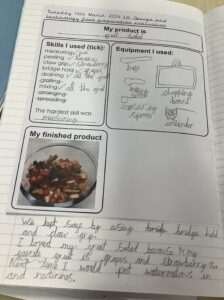
Well done to all the children who worked safely and sensibly with Ms Canning.
Help at home: your child has taken this recipe home. Can they demonstrate some of their food preparation skills by making this again at home.
Food technology: pitta pizzas
Last week, Year 4 made pitta pizzas!
We practised our chopping skills…
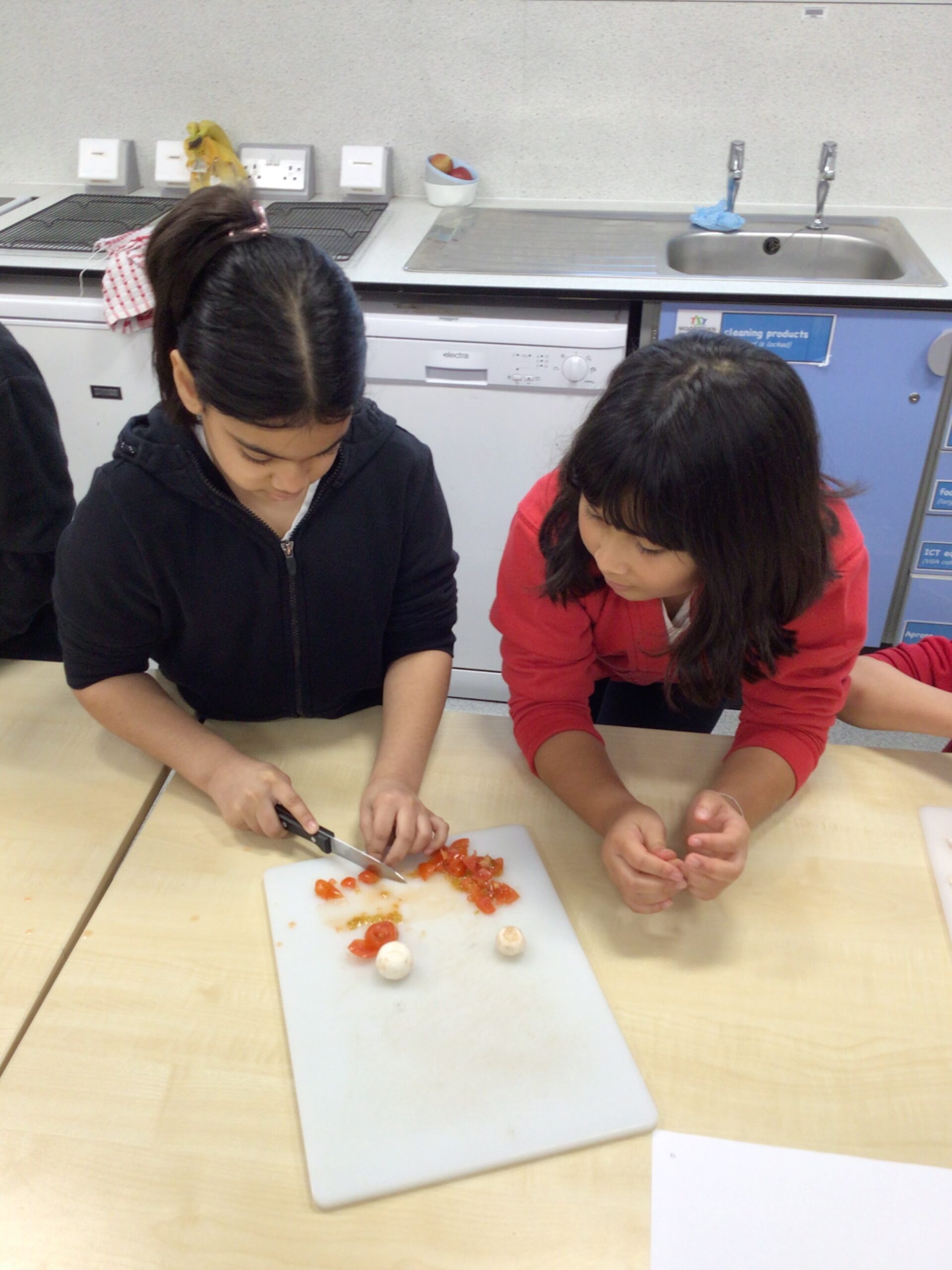
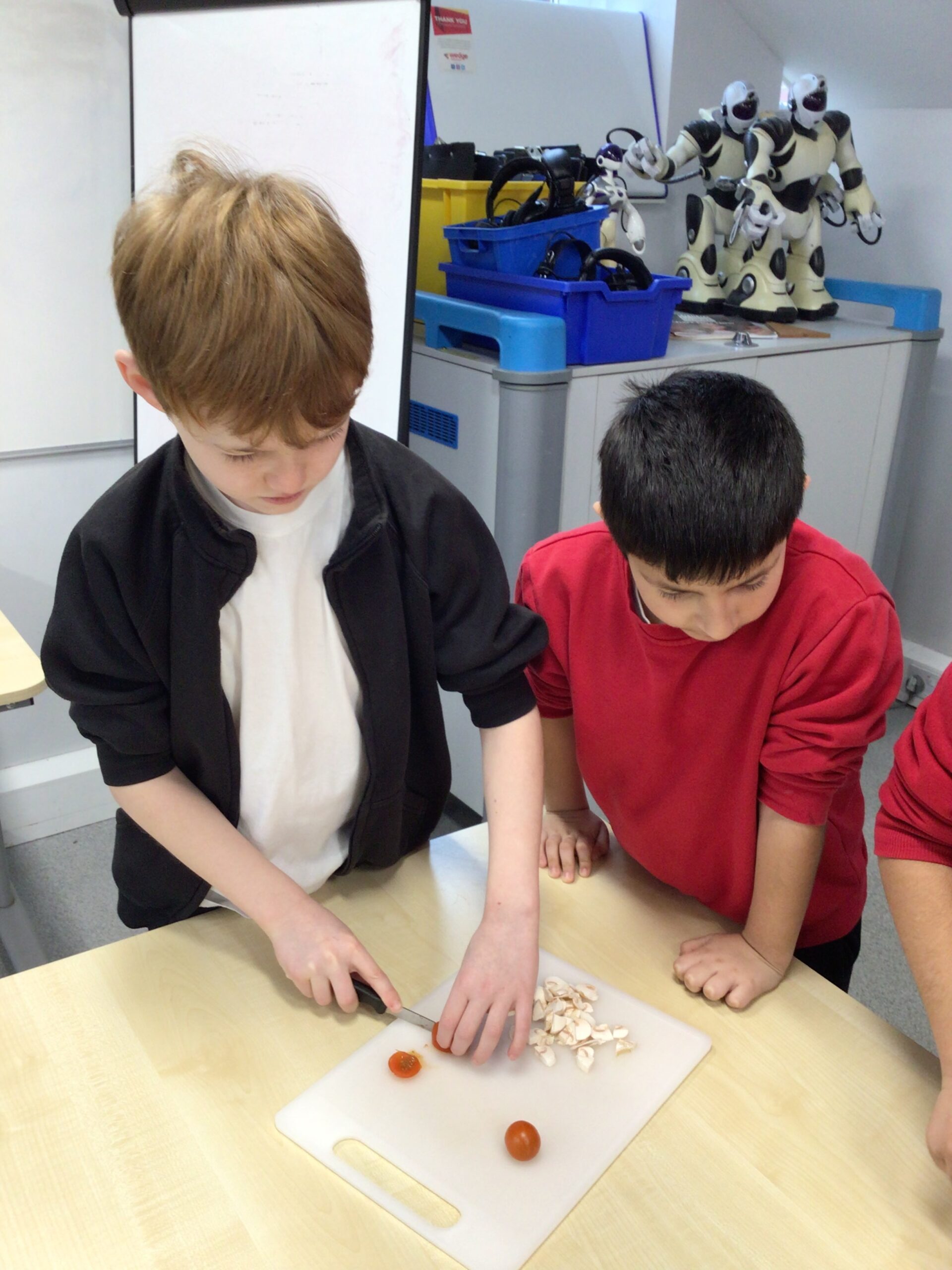
Covered our pittas in passata and our toppings…
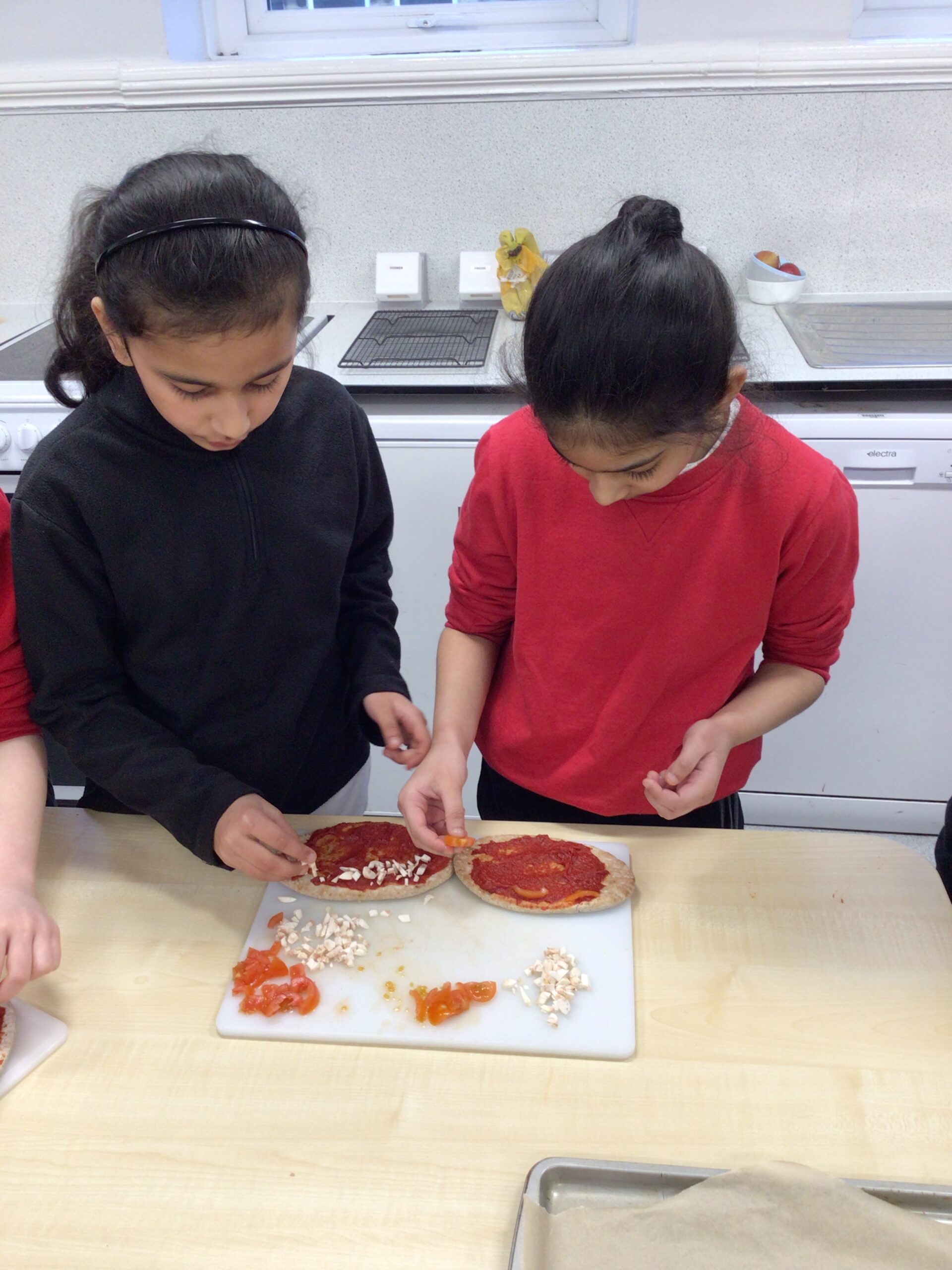
And baked them in the oven until the mozzarella had melted! 
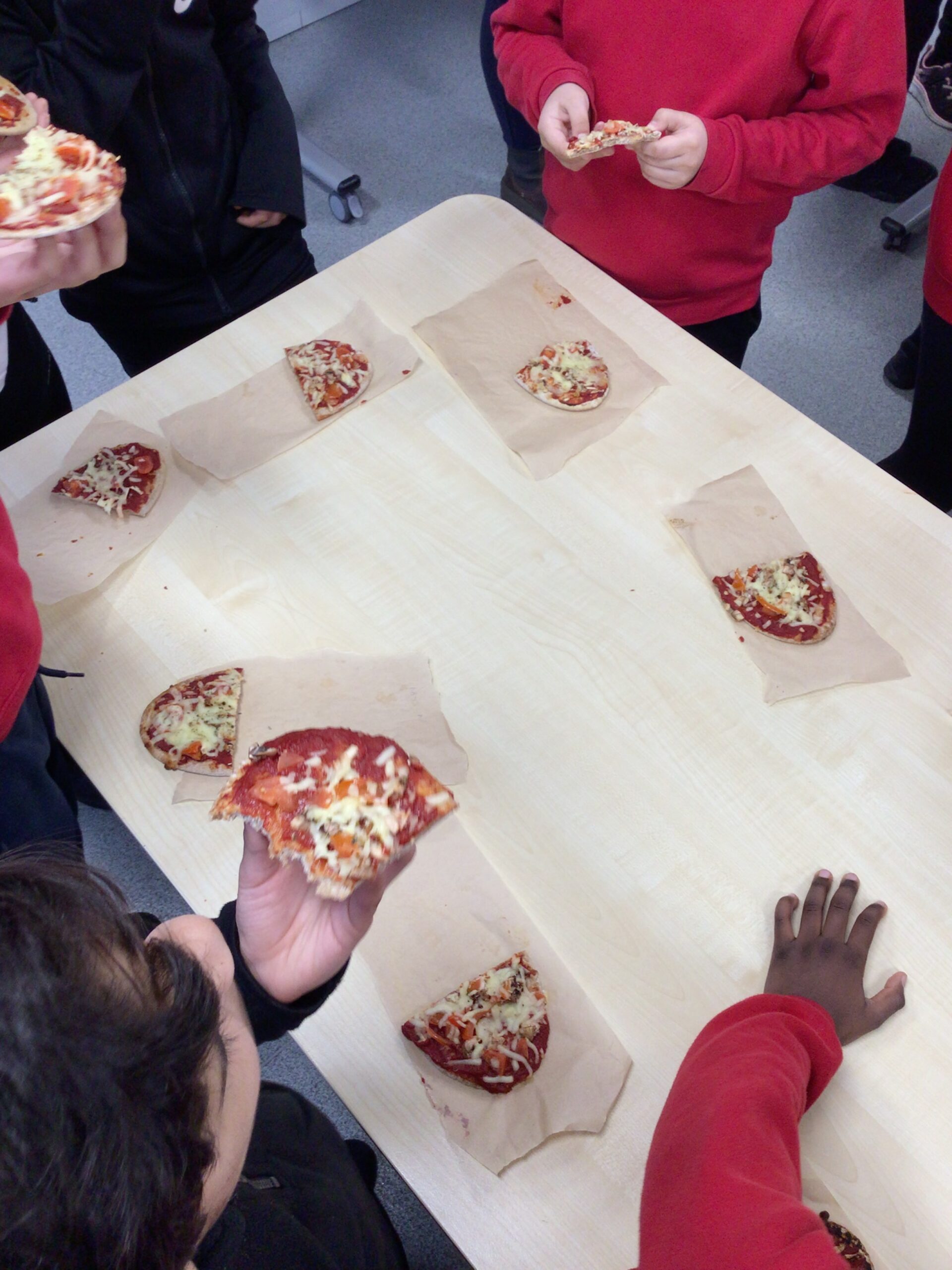
The children have been sent home with the recipe and we would love to see what you make. Be as creative with your toppings as you like!